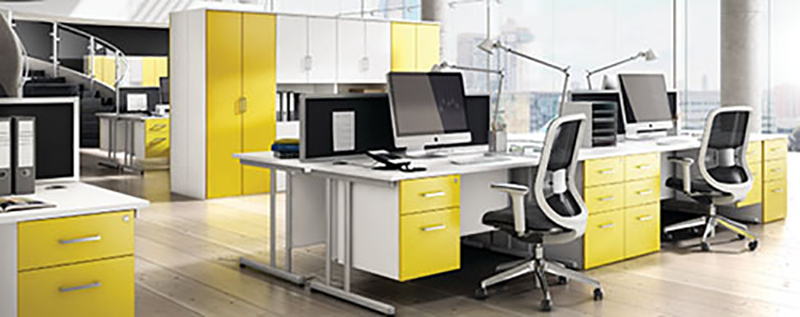Concurrents – Environmental Psychology: You Can’t Be Sure Unless You Check
 Thomas, Sedell, Biltekoff and Schaefer have published research indicating that where “extra” food is placed in a workplace – and by “extra” they mean food left over from catered events and treats brought in from home, for example – influences the routes people take through the space (2016). Their specific study indicated that many employees try to avoid concentrations of “illicit,” high-calorie items, following routes to calorie-less, healthy (generally) drinking water that circumvent the location of the foods they don’t want to eat.
Thomas, Sedell, Biltekoff and Schaefer have published research indicating that where “extra” food is placed in a workplace – and by “extra” they mean food left over from catered events and treats brought in from home, for example – influences the routes people take through the space (2016). Their specific study indicated that many employees try to avoid concentrations of “illicit,” high-calorie items, following routes to calorie-less, healthy (generally) drinking water that circumvent the location of the foods they don’t want to eat.
The study by Thomas and colleagues indicates how important it is to speak with users of a space to understand how they’re experiencing current locations, and want to experience any future places developed, and not to rely simply on uninformed observations to reach conclusions about future design directions.
If Thomas and team had been naïve observers, they might have attributed any travel routes that were not the most direct possible to any number of circumstances, from strained relationships between work teams to desires to remain in spaces filled with natural light, and not learned about this “drinking water” effect.
Although observational researchers should not draw conclusions about the reasons behind behaviors seen, often they, or someone else in the design-chain does, and that’s where the danger lies. Interviews with users, or in some cases surveys of them, can provide important information about their motivations, thoughts and behaviors, information that should be reflected in new spaces developed.
Examples of space use behaviors that can’t be accurately understood without “explanations” from users abound. A set of conference rooms may be a great size for anticipated meetings and equipped with just the right technology and furnishings, for example, but remain empty because wi-fi signals are weak in the area. Too often, the more direct and accurate explanations for user actions – in this example, the wi-fi signals – are not used to inform the design process.
Conclusions are drawn and design decisions made based solely on a review of observational data sets, which often now have enough data points so they have attained the exalted status of “big data.” Collections of data gathered mechanically by sensors embedded in a workplace are often inappropriately treated in the same privileged way. Big data is worthless data unless it is correctly understood, and the technophiles pushing it often skip the steps required to understand user motivations, etc., that would make it actually useful.
Examples of other sorts of conditions that can drive space use and at-work paths traveled but that probably won’t be recognized in big data: quality of soundproofing between meeting spaces, comfort of chairs for meetings of various lengths, and privacy in bathrooms (views into bathrooms from circulation spaces are carefully assessed by potential users).
Beware the promises of data analyses lacking input from users, even if the data are officially “big.” Those promises are often empty.
Carolyn Thomas, Jennifer Sedell, Charlotte Biltekoff, and Sara Schaefer. 2016. “Abundance, Control and Water! Water! Water!” Food, Culture, and Society, vol. 19, no. 2, pp. 251-271.
Sally Augustin, PhD, a cognitive scientist, is the editor of Research Design Connections (www.researchdesignconnections.com), a monthly subscription newsletter and free daily blog, where recent and classic research in the social, design, and physical sciences that can inform designers’ work are presented in straightforward language. Readers learn about the latest research findings immediately, before they’re available elsewhere. Sally, who is a Fellow of the American Psychological Association, is also the author of Place Advantage: Applied Psychology for Interior Architecture (Wiley, 2009) and, with Cindy Coleman, The Designer’s Guide to Doing Research: Applying Knowledge to Inform Design (Wiley, 2012). She is a principal at Design With Science (www.designwithscience.com) and can be reached at sallyaugustin@designwithscience.com.



